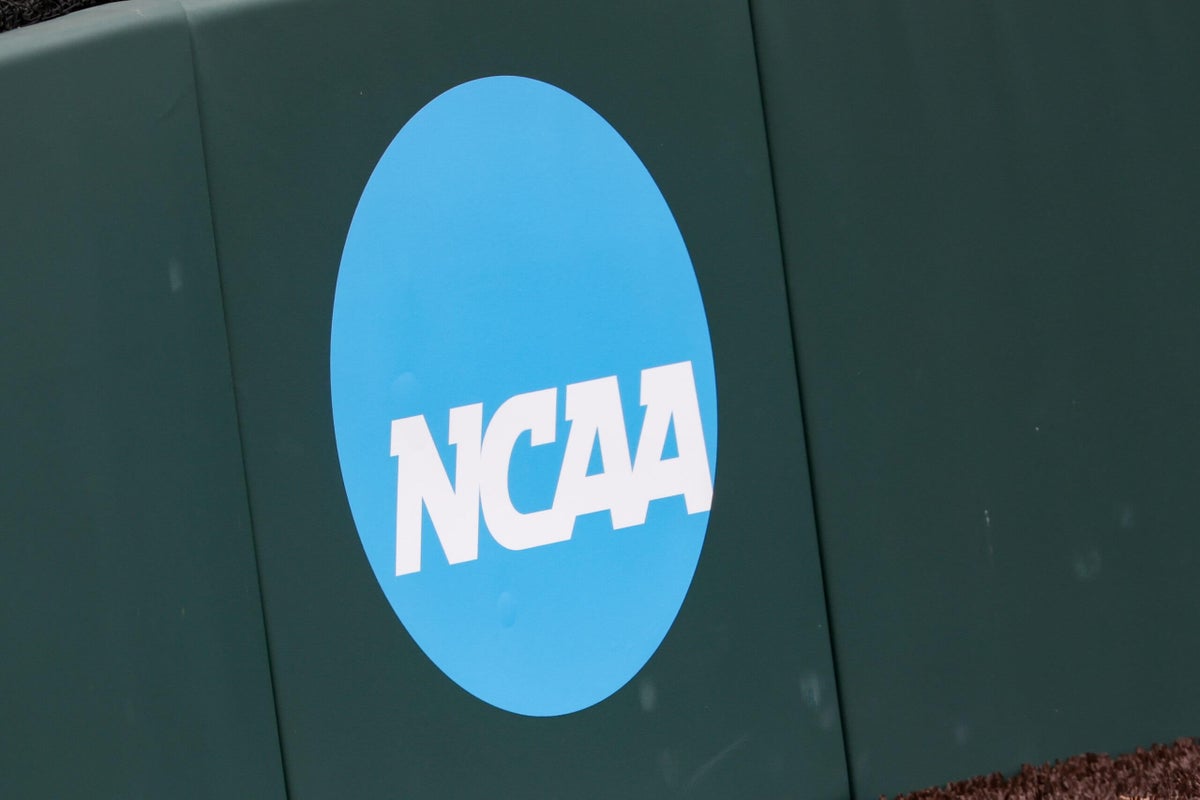The federal judge who presided over the recently approved House v. NCAA settlement awarded legal fees on Friday that will pay out roughly $750 million to the plaintiffs’ lawyers over the 10-year life of the agreement.
The landmark settlement, which resolved a trio of class-action antitrust lawsuits against the NCAA and its power conferences, will result in nearly $2.8 billion in backpay damages to former college athletes and a new financial model that allows schools to begin directly sharing revenue with college athletes over the next decade, capped at $20.5 million per school in 2025-26.
On Friday, U.S. District Judge Claudia Wilken granted legal fees and costs that will pay the plaintiffs’ lawyers nearly $525 million, and will allow those lawyers to apply annually for additional fees related to the forward-facing revenue sharing model. Those future fee payments, which will be calculated as a percentage of the money schools spend in revenue sharing, are expected to total roughly $250 million over 10 years. Attorneys Steve Berman and Jeffrey Kessler served as co-lead counsel for the plaintiffs.
“The Court finds that the fees just described are fair and reasonable,” Wilken wrote in a motion.
Wilken also granted service awards to class representatives in the lawsuit, including $125,000 each to former college swimmer Grant House and former college basketball player Sedona Prince, as well as $50,000 to former college running back Chuba Hubbard.
“We are pleased to see this monumental case take another step in its final stages after 20 years of litigation for college athletes,” Berman said in a statement.
The judge noted that the benefits and compensation distributed to Division I college athletes as a result of the settlement are expected to exceed $19 billion in value over the course of the 10-year agreement.
The defendants — the NCAA and power conferences — recently created the College Sports Commission as part of the settlement terms, an organization that will oversee and enforce the revenue sharing model, as well as a clearinghouse for additional third-party name, image and likeness (NIL) deals. Schools were allowed to begin direct revenue sharing with athletes on July 1. On Thursday, the CSC released new guidance on the “valid business purpose” and “range of compensation” requirements for any third-party NIL deals that should further restrict payments from booster-led collectives to college athletes.
These restrictions have led some in the industry to argue that individual athletes could ultimately earn less in NIL compensation as a result of the settlement, which could result in additional antitrust complaints against the defendants and CSC. The settlement is currently facing multiple appeals that will not impact the forward-facing revenue sharing but could pause the distribution of backpay damages.
(Photo: David Buono / Icon Sportswire via Getty Images)

